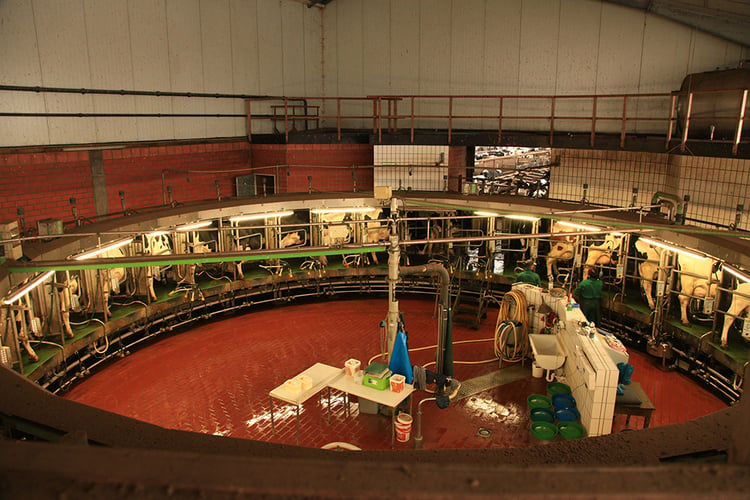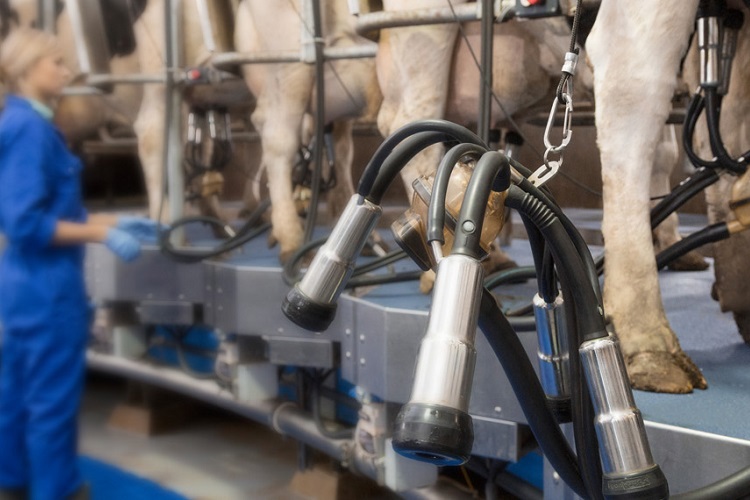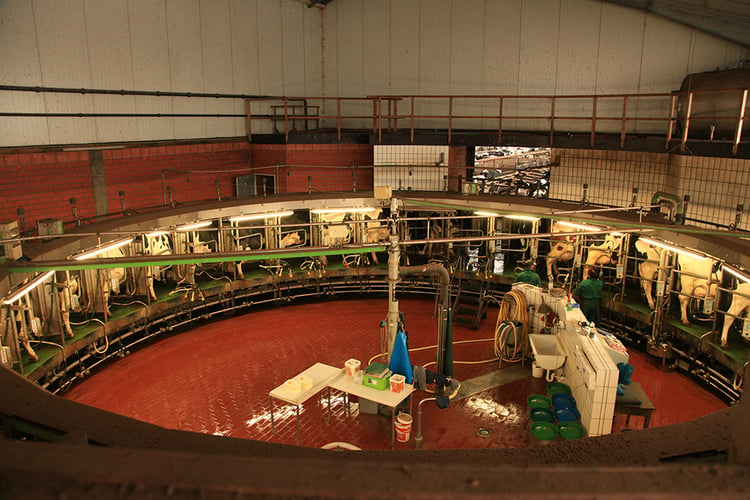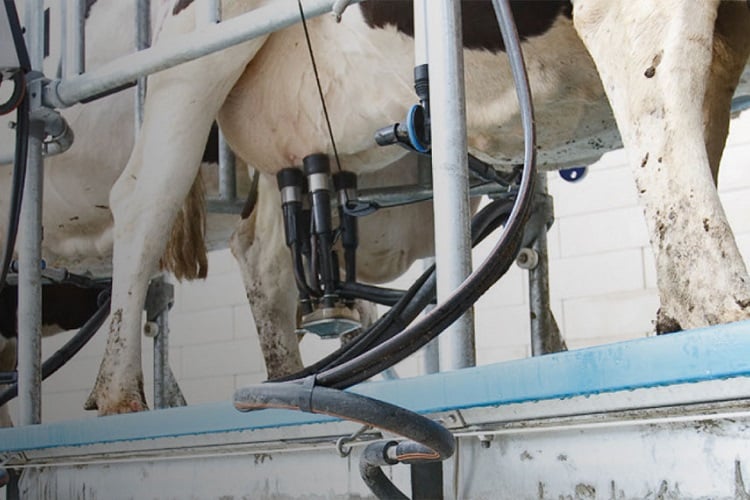- LifeStart
- Lifetime production
Key takeaways from the research:
-
Metabolic programming through high levels of early life nutrition will increase future milk production
-
Metabolic programming through intensive feeding should start immediately after birth and should last at least up to 5 weeks of age
-
For every kg of extra pre-weaning growth, heifers produce 970 kg of extra milk during the first lactation
-
Measured over 3 lactations, metabolic programming has a highly positive impact on the lifetime production of dairy cows

Additional pre-weaning growth increases milk production up to the third lactation
Many authors have shown that pre-weaning growth is correlated with higher milk production in the first lactation[1,2,3,4,5,6,7, 8]. Soberon et al.[9] studied the effect of pre-weaning nutrition levels and average daily growth on 1st lactation performance and on lifetime production.
Study design
A total of 1,244 records from the Cornell University dairy herd and 624 records from a commercial farm were studied. Pre-weaning average daily gain, energy intake from milk replacer as a multiple of maintenance and first, second and third lactation milk yields were recorded.
The growth objective for both farms was to double the birth weight at weaning. This was achieved by intensive calf milk replacer feeding during the pre-weaning period and by increased starter intake.
Results
Results Cornell herd
In the Cornell herd, the pre-weaning average daily gain was 820 grams and was significantly correlated with the first lactation yield:
- For every extra 1 kg of pre-weaning average daily gain, first lactation heifers produced 850 kg more milk
- For every Mcal of metabolizable energy intake above maintenance, they produced 235 kg more milk
- In the 450 cows that lasted 3 lactations, every 1 kg of extra pre-weaning gain resulted in 2,280 kg extra milk for the 3 lactations combined
Results commercial herd
In the commercial herd, pre-weaning average daily gain ranged 660 grams and was significantly correlated with first lactation yield:
- For every extra 1 kg of pre-weaning average daily gain, first lactation heifers produced 1,114 kg more milk
- For every extra 1 kg of pre-pubertal average daily gain, first lactation heifers produced 3,281 kg more milk
- In the 271 cows that lasted 3 lactations, every 1 kg of extra pre-weaning gain resulted in 1,287 kg extra milk for the 3 lactations combined
When combining the results from both farms, every extra 1 kg of pre-weaning average daily gain resulted in an extra 970 kg milk in the first lactation.
Conclusions
The authors concluded that lifetime performance is influenced by early life nutrition and growth. Metabolic programming that occurs during the first 2 months has lifelong implications for milk production. It is not fully understood until what age heifer calves are responsive to high levels of nutrition, but calf feeding schedules with elevated levels of nutrition should start immediately after birth and last up to at least 5 weeks of age. The intensive feeding should be in the form of liquid feed.
References
[1] Shamay, A., D. Werner, U. Moallem, H. Barash, and I. Bruckental. 2005. Effect of nursing management and skeletal size at weaning on puberty, skeletal growth rate, and milk production during first lactation of dairy heifers. J. Dairy Sci. 88:1460–1469.
[2] Faber, S. N., N. E. Faber, T. C. McCauley, and R. L. Ax. 2005. Case study: Effects of colostrum ingestion on lactational performance. Prof. Anim. Sci. 21:420–425.
[3] Davis Rincker LE, VandeHaar MJ, Wolf CA, Liesman JS, Chapin LT and Weber Nielsen MS, Effect of intensified feeding of heifer calves on growth, pubertal age, calving age, milk yield, and economics. J. Dairy Sci. 94:3554-3567 (2011).
[4] Moallem, U., D. Werner, H. Lehrer, M. Zachut, L. Livshitz, S. Yakoby, and A. Shamay. 2010. Long-term effects of ad libitum whole milk prior to weaning and prepubertal protein supplementation on skeletal growth rate and first-lactation milk production. J. Dairy Sci. 93:2639–2650.
[5] Raeth-Knight, M., H. Chester-Jones, S. Hayes, J. Linn, R. Larson, D. Ziegler, B. Ziegler, and N. Broadwater. 2009. Impact of conventional or intensive milk replacer programs on Holstein heifer performance through six months of age and during first lactation. J. Dairy Sci. 92:799–809.
[6] Drackley, J. K., B. C. Pollard, H. M. Dann, and J. A. Stamey. 2007. First-lactation milk production for cows fed control or intensified milk replacer programs as calves. J. Dairy Sci. 90 (Suppl. 1):614 (Abstr.).
[7] Terré, M., C. Tejero, and A. Bach. 2009. Long-term effects on heifer performance of an enhanced growth feeding programme applied during the pre-weaning period. J. Dairy Res. 76:331–339.
[8] Bolt, A. 2019, Meta-analysis to calculate the effect of rearing intensity on functionality of dairy cows, Research paper Mecklenburg Vorpommern Landesforschungsanstalt für Landwirtschaft und Fischerei
[9] Soberon F, Raffrenato E, Everett RW and Van Amburgh ME. 2012. Preweaning milk replacer intake and effects on long-term productivity of dairy calves. J. Dairy Sci. 95:783-793.



